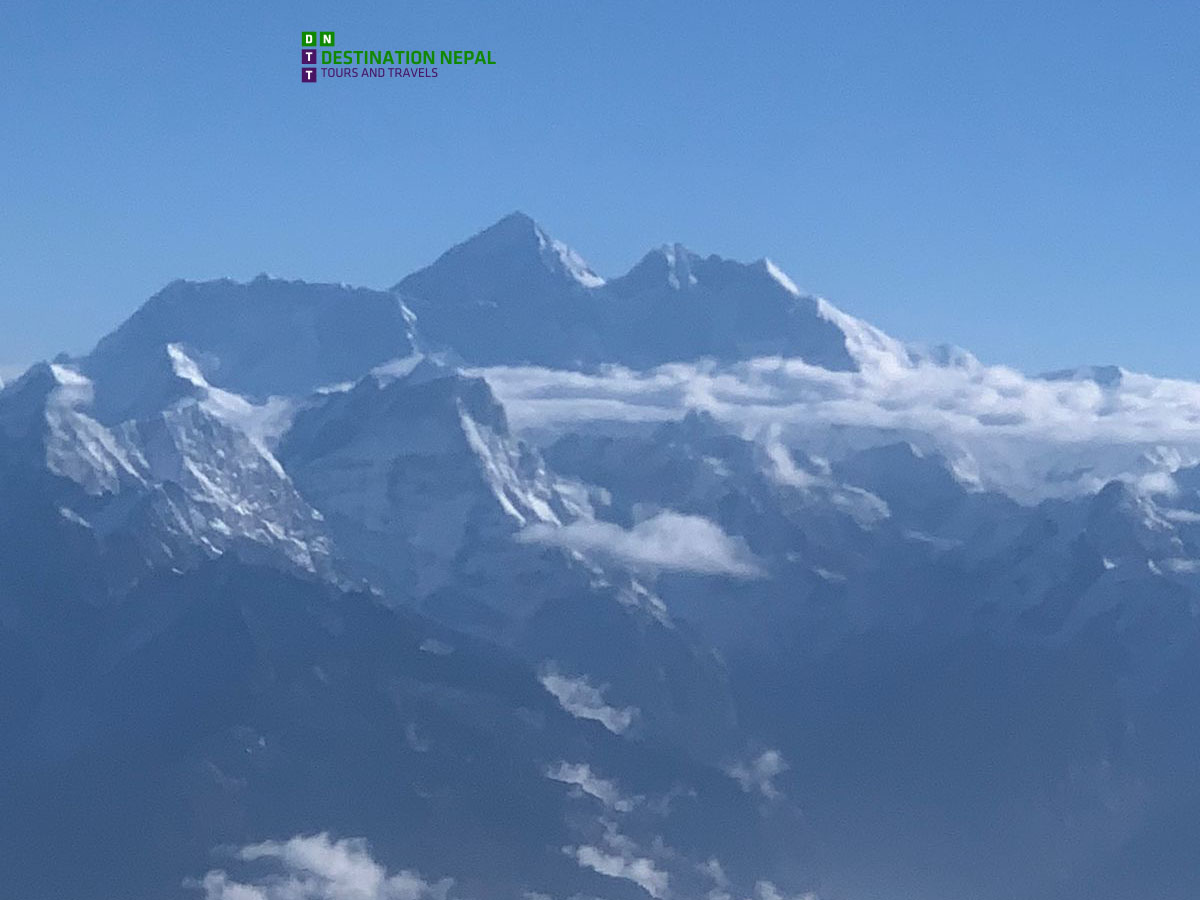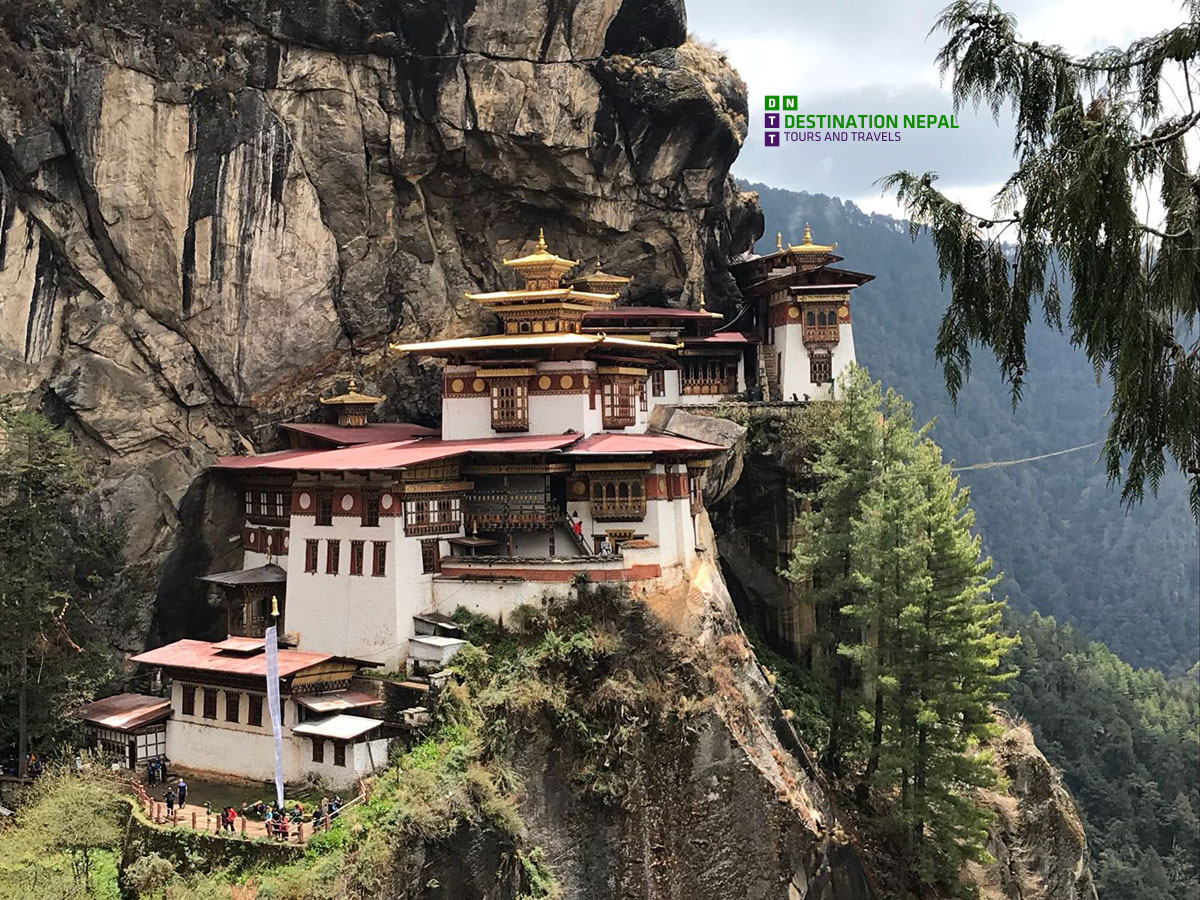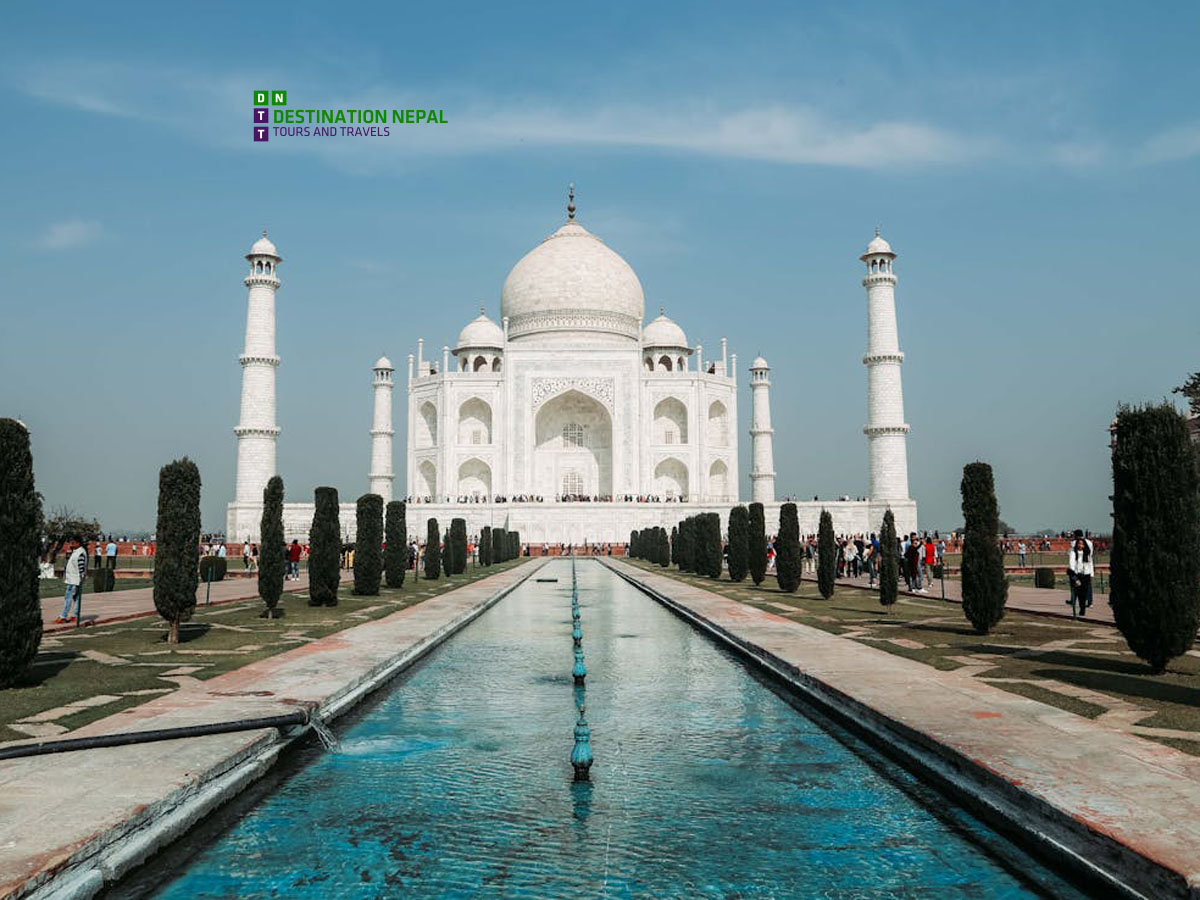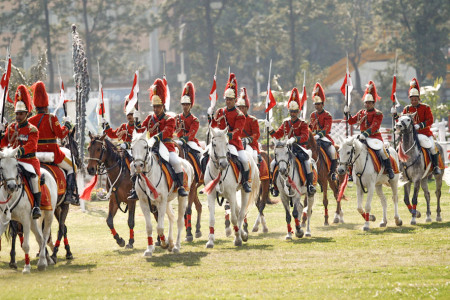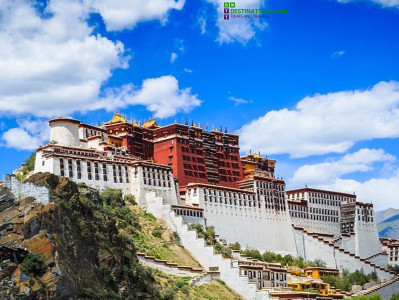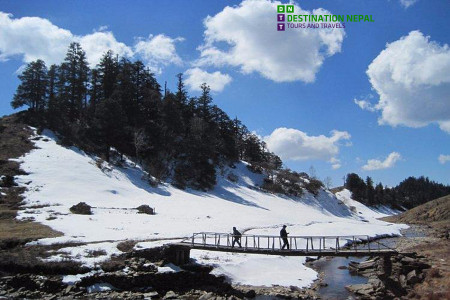Blogs
Holi Festival in Nepal: A Vibrant Celebration of Colors, Culture, and Unity
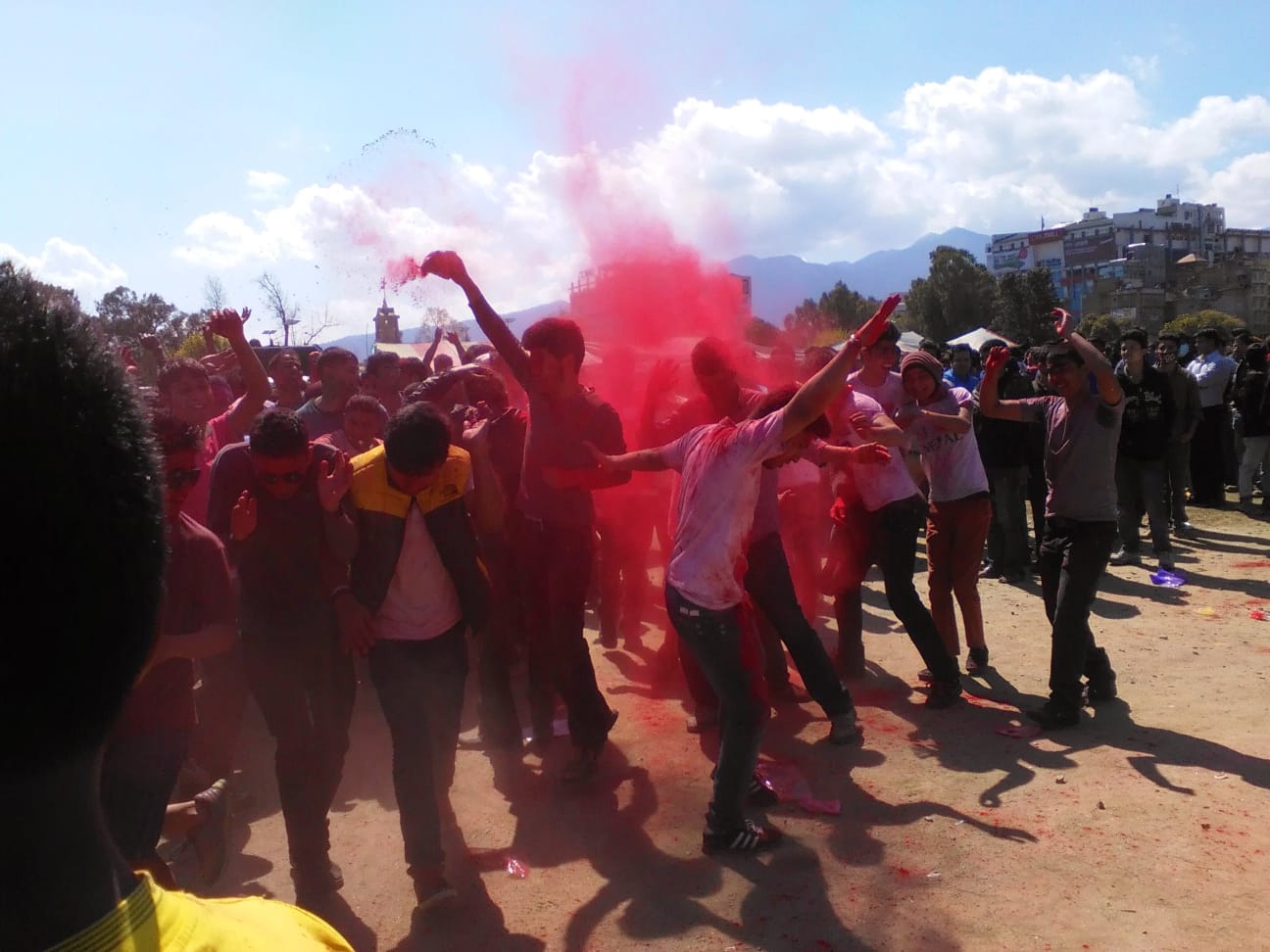
Introduction to Holi Festival in Nepal
Holi, also known as the “Festival of Colors” or "Fagu Purnima," is a vibrant and joyous Hindu festival celebrated with great enthusiasm in Nepal. This auspicious festival marks the arrival of spring and symbolizes the victory of good over evil. Holi celebrations in Nepal extend over two days—first in the hilly regions, including Kathmandu and Pokhara, and the following day in the Terai region. It is a colorful celebration where people play with powdered colors, water balloons, and music, creating a festive and joyful atmosphere.
Significance and Mythology of Holi Festival in Nepal
Holi holds immense cultural and spiritual importance in Nepal. The festival's roots lie in Hindu mythology, particularly the story of Holika and Prahlad. According to the legend, Holika, the sister of the demon king Hiranyakashipu, attempted to kill Prahlad, a devoted follower of Lord Vishnu, by taking him into a fire. However, Holika was burned to ashes while Prahlad emerged unscathed, symbolizing the triumph of devotion and good over evil. Another popular story associated with Holi is the playful love of Radha and Krishna, representing joy, unity, and togetherness.
Celebrating Holi Across Nepal
Holi is celebrated uniquely in different regions of Nepal:
- Hilly Regions (Kathmandu, Pokhara): Celebrated on the full moon day of the Falgun month, people throw colors, splash water, and participate in lively gatherings with music and dance.
- Terai Region: Celebrations take place a day later, often lasting two days, featuring grand festivities, cultural events, and public gatherings.
A ceremonial pole, known as "chir," is erected at Kathmandu's Basantapur Durbar Square to mark the beginning of Holi, later burned to signify the victory of good over evil.
Traditional Foods and Activities
Holi celebrations in Nepal are incomplete without traditional delicacies like gujiya, sel roti, malai peda, and bhang laddoos. Music, dance, and vibrant cultural performances add to the festive spirit.
Top Places to Celebrate Holi in Nepal
- Kathmandu Valley: Basantapur Durbar Square and Thamel host grand Holi parties, cultural performances, and lively gatherings.
- Pokhara: Lakeside celebrations by Phewa Lake with stunning views of the Annapurna range create an unforgettable experience.
- Chitwan: Celebrations in Sauraha are lively and inclusive, combining Holi festivities with the natural beauty of Chitwan National Park.
- Janakpur: Known for extended and culturally rich celebrations in the Terai region, Janakpur offers a unique blend of Holi festivities and religious significance.
Travel Tips for Enjoying Holi Festival in Nepal
- Wear old, comfortable clothes and apply coconut oil or sunscreen for easy color removal.
- Use waterproof pouches for valuables and drink plenty of water to stay hydrated.
- Respect local customs, and be mindful that not everyone may want to participate in the color play.
- Visit popular Holi hubs like Basantapur, Thamel, or Pokhara for vibrant and tourist-friendly celebrations.
- Avoid overcrowded or unsafe areas and savor traditional foods like gujiya and sel roti for a true taste of the festival.
Holi Festival 2025 Dates in Nepal
In 2025, Holi will be celebrated on March 13th in the hilly regions and March 14th in the Terai region. In the Nepali calendar, the festival falls on Falgun 29, 2081, in the hills and Chaitra 1, 2081, in the Terai.
Conclusion
The Holi festival in Nepal is a colorful and joyous celebration that unites communities, fosters harmony, and showcases the country’s rich cultural heritage. Whether you're a local or a traveler, Holi offers an unforgettable experience of love, unity, and tradition. Celebrate Holi in Nepal and immerse yourself in this vibrant festival of colors, music, and happiness!
